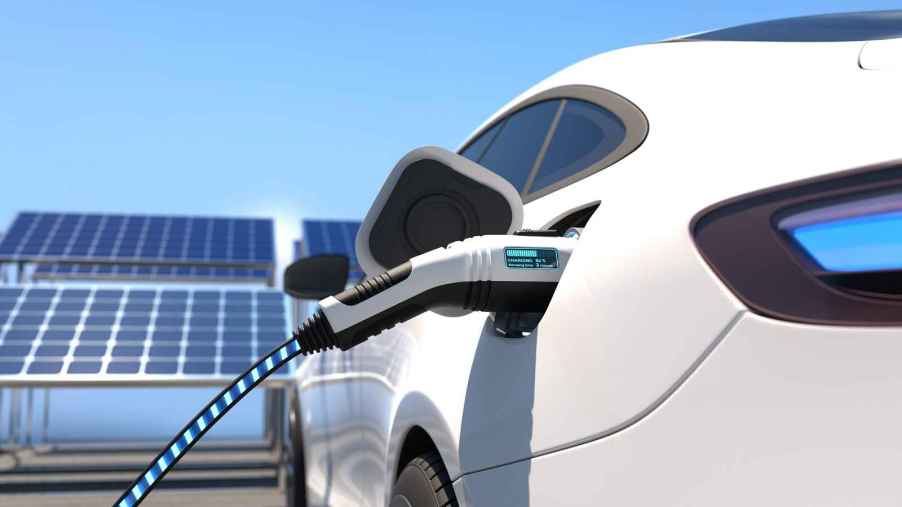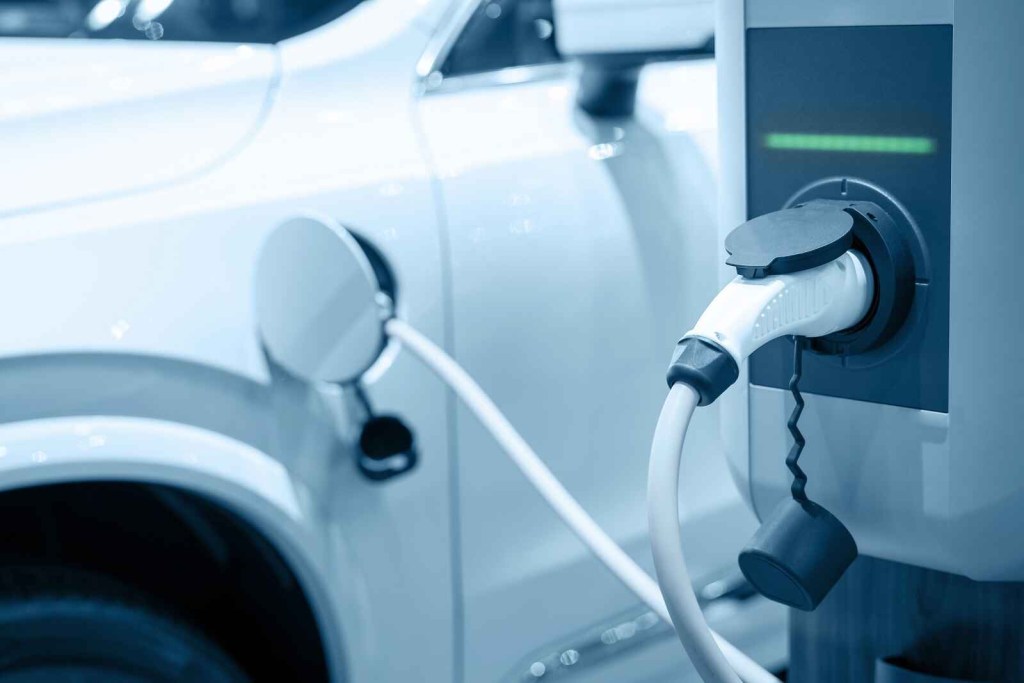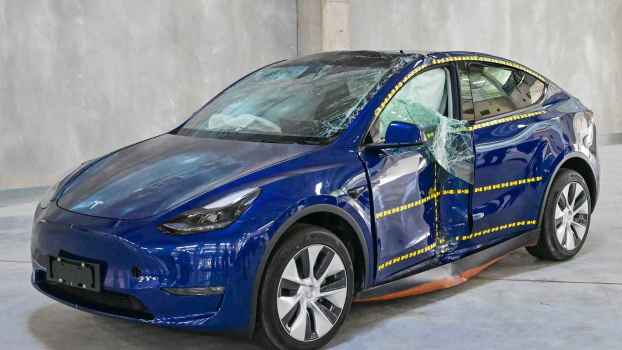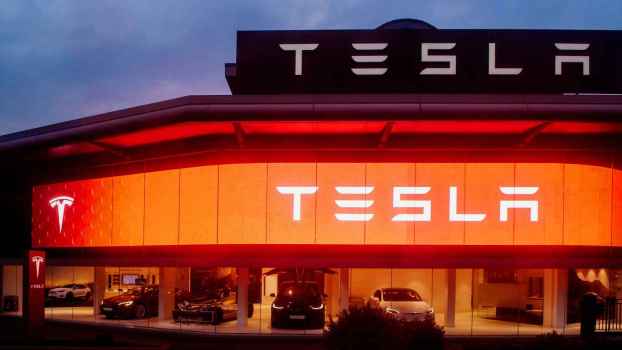
Biden Admin Will Delay Rapid EV Adoption Measures to After 2030, Sources Say
With election year pressure rising, people familiar with the Biden administration’s emissions plan say a looser timeline for mass EV adoption is imminent. Internal combustion engine (ICE) cars create the highest percentage of U.S.-generated greenhouse gases. Last year, the EPA proposed lofty emissions regulations that would, in turn, rapidly swell the presence of EVs in the American market. While scientists urge nations to eliminate greenhouse gas emissions by 2050, regulations affecting the automotive market are proving difficult to realize.
In light of the 2023 United Auto Workers (UAW) strike, union and consumer concerns about EV adoption remain. The original EPA proposal last spring would have led to an estimated 67% of all new passenger car and light truck sales being all-electric by 2030. Three insiders have told The New York Times that the Biden Administration will tweak its proposed EPA regulations, pushing back auto industry obligations to sometime after 2030.

In 2023, EVs accounted for only 7.6% of new vehicle sales. To consumers, EVs have been either out of reach financially or rife with reliability and infrastructural doubts. While some OEMs have begun rolling out entry-level EV models touting a lower price tag, the administration’s upcoming deadline adjustment reflects market realities. We recently reported on a eye-opening statistic that 26% of Tesla owners say they wouldn’t buy their car again.
Tesla recently revealed its plans to create a $25,000 EV for 2025. Currently, the cheapest new EV is the 2024 Nissan Leaf. It starts at $28,140 MSRP but has a much lower range, 149 miles on a full base model charge. You can level up the battery option to get to 214 miles of range.





